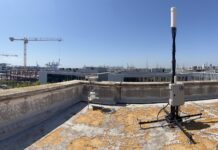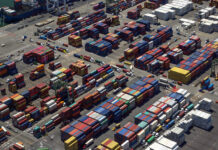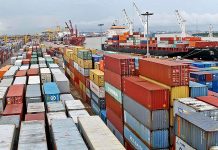
The Port of Tacoma (POT) and the Port of Seattle (POS) joined the US Army Corps of Engineers (USACE) in ceremonies marking design agreements for the Seattle Navigation Improvement Project and the Tacoma Harbor Navigation Improvement Project.
These projects are part of a modernization initiative for the Northwest Seaport Alliance (NWSA), an alliance between the ports of Tacoma and Seattle.
To address the needs of the Transpacific trade, POT, POS and NWSA have worked alongside the USACE to complete integrated feasibility studies and environmental assessments. The results indicated that deepening both the Blair Waterway in Tacoma and the West Waterway in Seattle would enhance the competitiveness of the gateway, enabling the waterways to meet the heightened draft requirements of larger ships and ensuring they can continue to support international trade and trade-dependent jobs across the region.
The Seattle Harbor Navigation Improvement Project was authorised by Congress in 2018 and the Tacoma Harbor Navigation Improvement Project was authorised in 2022. Close coordination with nearby tribes and with stakeholders, including the US Coast Guard, Puget Sound Pilots, and the Washington State Department of Natural Resources, will be integral to the deepening projects’ success, according to NWSA.
Port of Tacoma Blair Waterway Deepening
The Port of Tacoma executed a design agreement with the USACE for navigation improvements in the Blair Waterway on 12 December 2023.
The project’s scope includes the design of the Blair Waterway navigation channel deepening along with minor footprint modifications to facilitate larger vessel transit, sediment characterisation, ship simulation, and the further consideration of the beneficial use of dredged material at the East Commencement Habitat Opportunity (formerly Saltchuk) area.
Port of Seattle West Waterway Deepening
On 14 September 2023, the Port of Seattle executed a design agreement with the USACE for the West Waterway Channel Deepening Project. This project aims to deepen the navigation channel to -57’ mean lower low water (MLLW) to keep the Seattle Harbor fully accessible to deep-draft vessels.
The project’s scope includes sediment characterization, engineering, and preparing of plans and specifications for construction.








